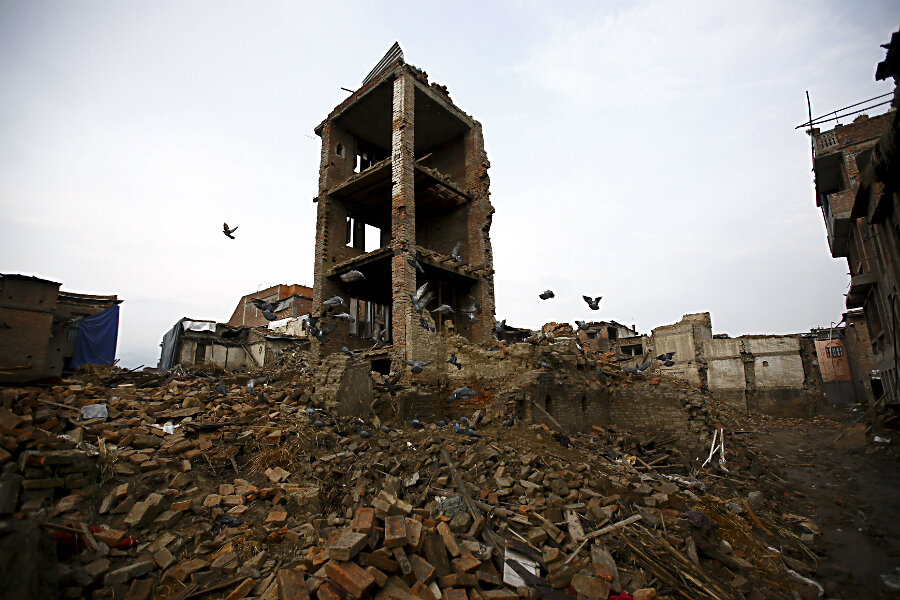Cascadia fault line: How FEMA is planning for a big quake in US northwest
Loading...
The Federal Emergency Management Agency (FEMA) is planning for a mega earthquake that could hit the Pacific Northwest coast at any time, causing extensive catastrophic damage, according to The New Yorker magazine.
Scientists project that sometime this century, the Cascadia fault line will blow and unleash a tsunami-like wave, causing the worst earthquake in the continent's history. The Cascadia subduction zone runs seven hundred miles off the coast of the Pacific Northwest, beginning in Northern California and ending near Vancouver Island, Canada.
Recent research on the Cascadia fault line indicates that the risk of a major earthquake is much higher than previously thought in this zone that spans Alaska, Idaho, Oregon, Washington and California. According to scientists interviewed by The New Yorker, the devastating earthquake will occur in the next 50 years or less.
FEMA predicts that nearly thirteen thousand people will die and another twenty-seven thousand will be injured in the Cascadia earthquake and tsunami. Kathryn Schulz writes that the agency expects that it will need to provide shelter for a million displaced people, and food and water for another two and a half million.
In Oregon, the state’s emergency management office has kicked off initiatives to coordinate efforts across the state and to educate the public. Last August, the state released a new book with step-by-step directions aimed at teaching earthquake preparedness to teenagers.
“It will take 50 years for us to prepare for this impending earthquake,” Scott Ashford, Kearney Professor and dean of the Oregon State University College of Engineering, advised US House of Representatives’ Subcommittee on Economic Development, Public Buildings, and Emergency Management in May. “The time to act is before you have the earthquake. Everybody needs to take some responsibility and start preparing now.”
The Northwest region is putting measures in place to withstand its greatest threat that is predicted to result in significant loss of life and critical infrastructure destruction. "This is one time that I’m hoping all the science is wrong, and it won’t happen for another thousand years,” said one FEMA official, The New Yorker reported.
Over the years, scientists have been working to refine earthquake warning systems. Last year, a warning system created by the US Geological Survey in collaboration with the University of California at Berkeley, and the Swiss Federal Institute of Technology in Zurich alerted the Seismological Laboratory at Berkeley of the quake that hit California’s Napa Valley five seconds before the initial shaking began, and 10 seconds before peak shaking arrived.
In a more recent development, The Thomson Reuters Foundation reported that scientists have discovered that smartphones could be used as an affordable alternative to sophisticated earthquake monitoring networks. “However the researchers didn't specify if smartphone users would receive warnings through messages, calls, or applications.”





